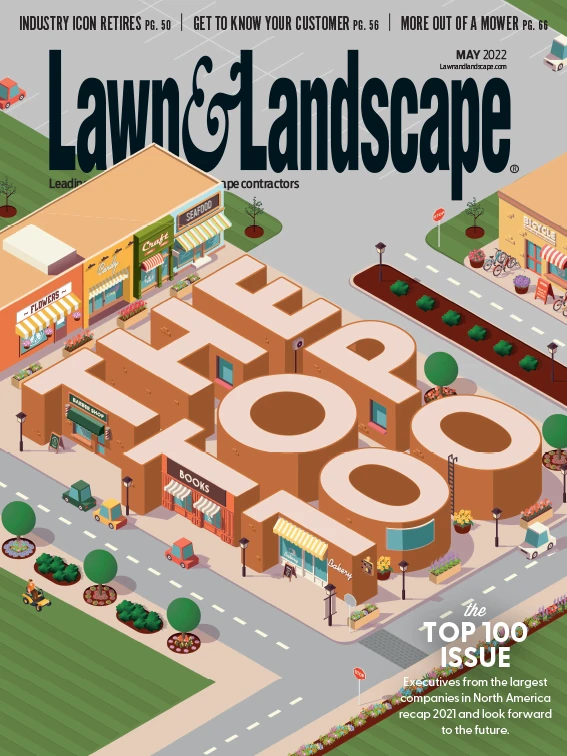
We’ve come a long way since we first thought outside the box. Landscape businesses today are moving so fast that we blew through the box and into the cloud. The metaverse seems almost too big to think out of. But with practice, we can leverage speed, scale and connectivity as opportunities to find innovation where we need it most.
Years ago, having someone in charge of ideas was a role given to marketing or outsourced to a creative agency. Today, both creativity and innovation have been brought in-house, with a culture of possibility and a chief possibility officer to lead it an important step change for competitive advantage.
As a serial entrepreneur, I’ve seen a lot of great ideas get lost in the execution, a problem that can happen at any stage of a company’s lifecycle and for various reasons. There’s momentum, there’s employee buy-in, but innovation stalls, becoming a wish list instead of a deliverable.
Here are six things you can do to make innovation more actionable:
• Make brainstorming around market and customer trends part of strategic planning. Follow up with an action plan to address the trend’s impact on your business and assign an innovation leader to explore how the trends can be turned into opportunities.
• Remove obstacles that bog down motivation. A prime obstacle is taking a “wait and see” approach to advanced technologies, holding off until someone else tried it first or the price goes down. By then, your first-to-market advantage is gone. Compare this to innovative organizations already making commitments to robotics or electric vehicles, for example, testing demos and making pre-orders since they know that machines might not be available for two or three years.
• Give your people “roots and wings.” Employees grounded in accountability and discipline can soar in unexpected ways if you eliminate the fear of failure. Empower your teams to chase “aha” moments and develop a pipeline of ideas that have the potential to save money or boost revenue.
• Understand what your customers want. Ask what innovations are shifting their priorities and incorporate their feedback into new ways to strengthen your relationship. Check with vendors and manufacturers whose product and service innovations are resulting in efficiencies and savings, which can be passed on to customers.
• Conduct scenario planning to challenge assumptions and encourage possibility thinking. We could not accurately anticipate COVID, supply chain or fuel shortages; however, historical data, analytic tools and experts who’ve led companies through disruption are available to help with contingency planning.
• Broaden your professional network to include creative thinkers and entrepreneurs, and people working to advance ideas in engineering and technology. Encourage employee attendance at association conferences, seminars and professional peer group events where people with different perspectives have good ideas to share.
I know from experience that innovation leads to growth, but people always ask how much it costs. The answer is, 1) the cost of innovating is less expensive than the cost of not innovating and 2) if your business is invested in continuous improvement and things that support greater agility, you already have an innovation budget and may only need to think about how it’s allocated.
My rule of thumb is to make sure you’re investing in ideas that will change your business, not just run your business. “Do you really need that new facility, or can you be smarter, faster and better out of the facility you have if you use resources differently?” is just one example.
The vetting process for ideas is simple: “Is it worth doing?” If yes, then find ways to fund it and assign or retain someone to help you make it scalable. “Innovation has nothing to do with how many R&D dollars you have,” said Steve Jobs, whose bar was pretty high when Apple came up with the Mac and IBM was spending 100 times more on R&D. “The people who are crazy enough to think they can change the world are the ones who do.”
Make innovation a priority. By encouraging employees to think big and collaborate, they will strive to innovate.

Explore the May 2022 Issue
Check out more from this issue and find your next story to read.
Latest from Lawn & Landscape
- ExperiGreen, Turf Masters Brands merge
- EquipmentShare cuts ribbon on new Maryland branch
- Strathmore acquires Royal Tree Service in Montreal
- In a new direction
- The December issue is now live
- Ignite Attachments debuts 80-inch, severe-duty bucket
- EquipmentShare breaks ground on Roswell branch
- NaturaLawn of America adds Schwartz, Medd to operations team





